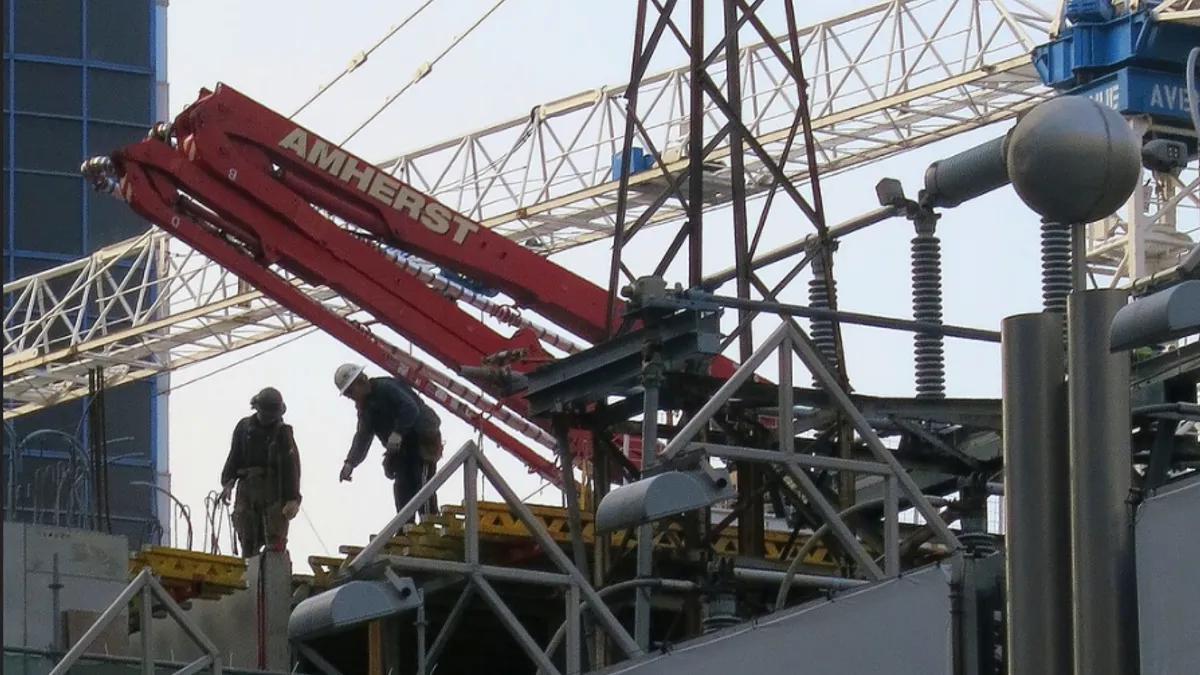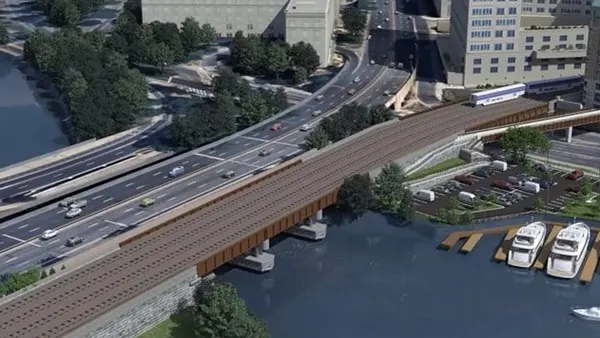The following is a guest post from attorney Jeffrey Kozek, principal at Marlton, New Jersey-based construction-focused consulting firm Resolution Management Consultants, and professional engineer E. Mitchell Swann, managing director at Resolution Management Consultants.
2021 will certainly be an interesting year in commercial construction as trends that had been on the horizon meet the impact of the pandemic.
That also means it will be even more important for architects, contractors, engineers and owners to frequently revisit plans as the industry adapts to ongoing changes so that they can better reduce their likelihood of facing litigation.
The following trends and topics are some that we believe will have the greatest impact on commercial construction in 2021:
COVID-19 safety measures on site: Construction work has continued during the pandemic based on the requirement that work will adhere to health and safety precautions being implemented to help limit the spread of COVID-19. Although the execution of parameters like distancing, staggering shifts and providing proper (personal protective equipment) are likely to impact projects’ cost and schedule, these measures are critical for the protection of all workers on site, and ignoring them could result in fines, shutdowns or even litigation.
More payment disputes and bankruptcies: Not only will on-site work see the effects of the pandemic, but supply chain delays, pricing increases on materials and project funding shortfalls, to name a few, are likely to lead to claim and payment disputes. Further, many small businesses have had to declare bankruptcy during this period, complicating payments and project completions for many owners and contractors whose work has been disrupted.
Court closures: Another impact of the coronavirus has been court closures, with many state and federal facilities shutting down for weeks, if not months, beginning in March. This not only delayed the progress of numerous cases and projects, but created a backlog that has only slowly been addressed throughout the year.
With parties on all sides looking to recoup the lost time and/or cost from the pandemic as well as their case, some will opt to settle to more quickly resolve these matters.
Designing structures for air handling: In facing an airborne virus, strong evidence shows the importance of ventilation air system effectiveness in reducing the transmission rate of infection in sort of a “dilution as a solution to pollution” approach with a finite indoor biological point source. Yet, increased ventilation needs will also increase equipment sizes and operating energy costs for heating and cooling.
This should increase the attention to, and consideration of, dedicated outdoor air systems and demand-controlled ventilation so that the quantity of ventilation air supplied is responsive to the population being served.
Focus on green building: Green buildings often focus on indoor air quality and the health of occupants. In the COVID-19 context, that focus area is a natural fit for reducing potential paths of transmission. Verification of performance such as through the U.S. Green Building Council's LEED program will take on an even more significant presence on the green building stage.
Wider adoption of technology: The construction industry has often been slow to adopt technology, but one of the more impactful ways American companies are beginning to change their approach to projects is with Building Information Modeling. Properly developed and implemented BIM strategies can enhance team communication, coordination and “what if” collaboration during design and construction.
BIM tools can also greatly help an owner with on-going maintenance and operations – both of which will have a heightened profile in the post-COVID world.
More modular building: Already, more ... contractors report using prefabricated or modular construction techniques and assemblies on projects, and those numbers only stand to increase. As the technology advances, these techniques can greatly improve efficiency and quality control, reduced construction safety risk and, in the age of COVID, better control over workforce virus exposure due to ‘social distancing’ and related transmission risk.
If you are interested in having your voice heard on Construction Dive's Opinion page, please read our editorial guidelines and fill out the submission form here.














